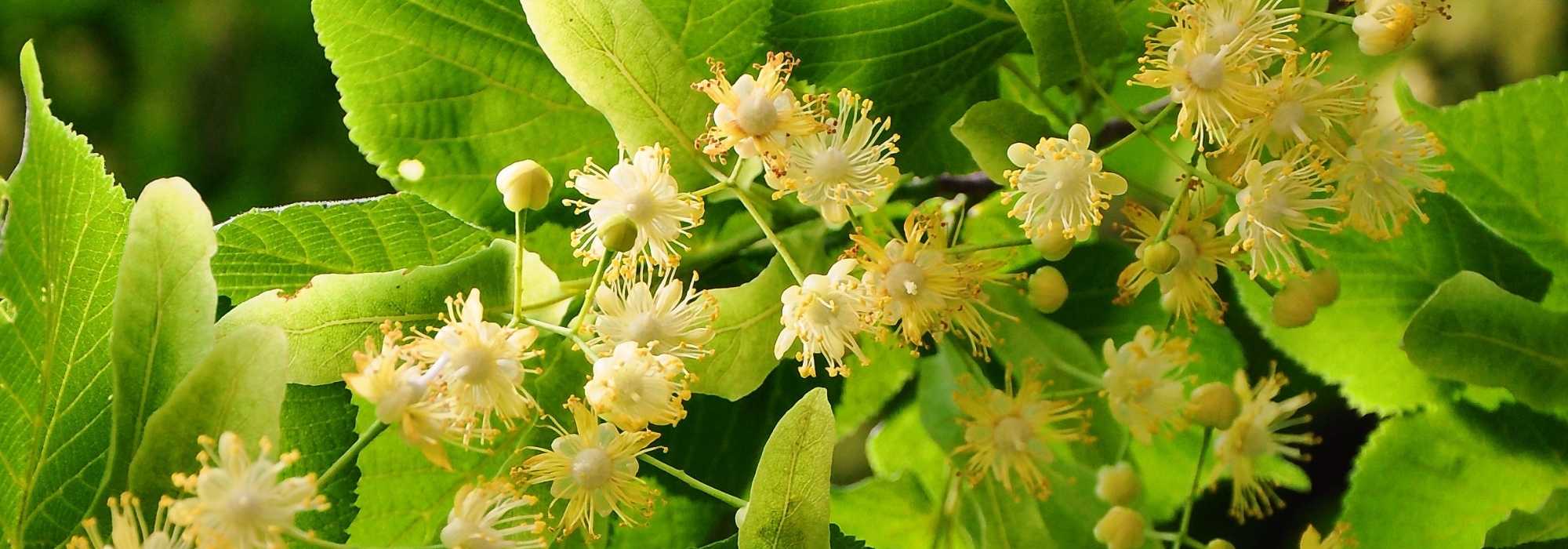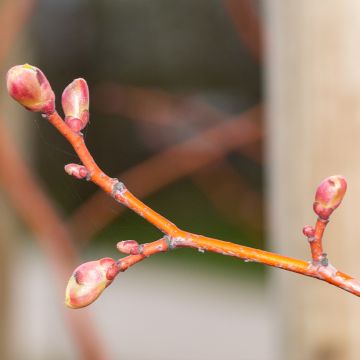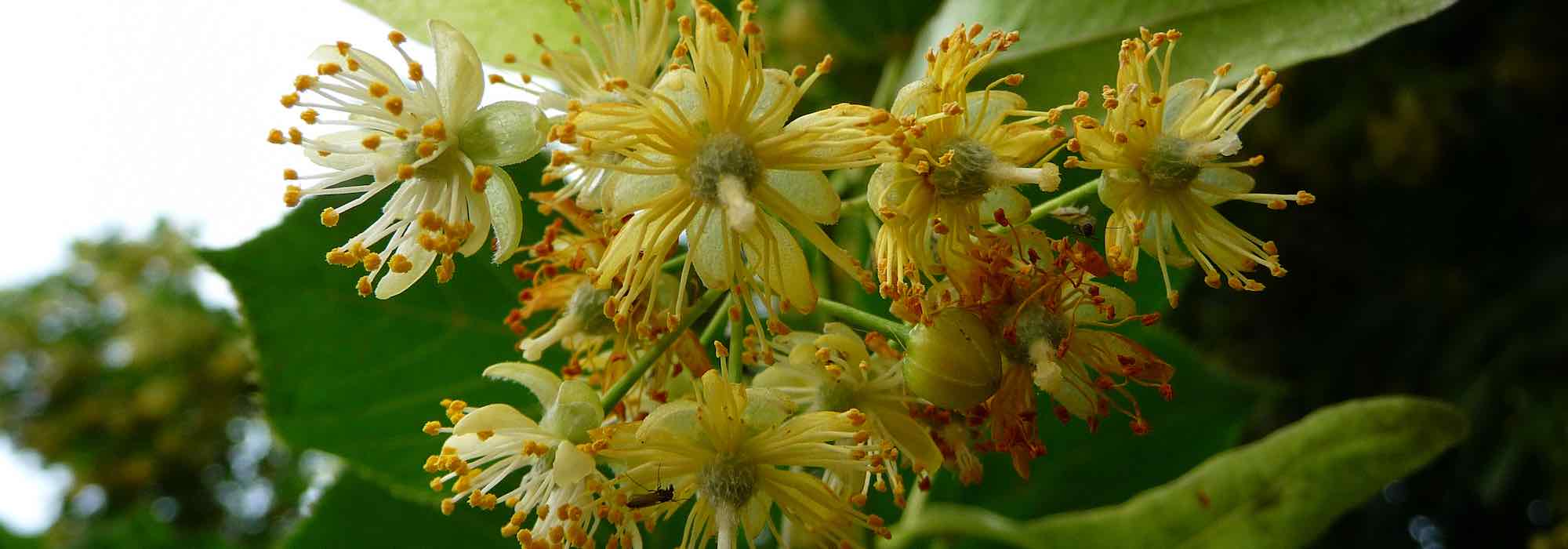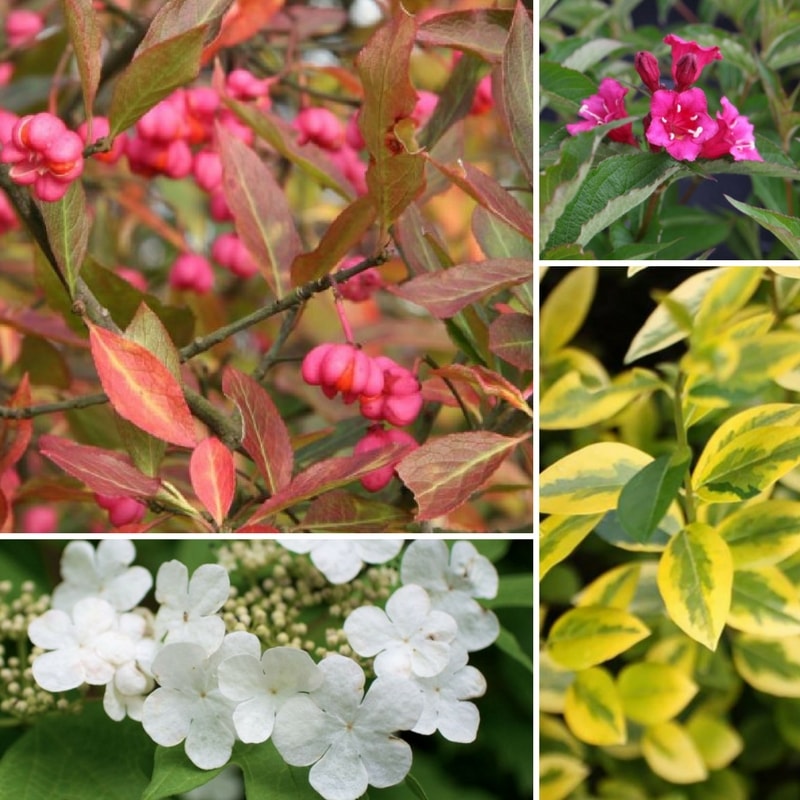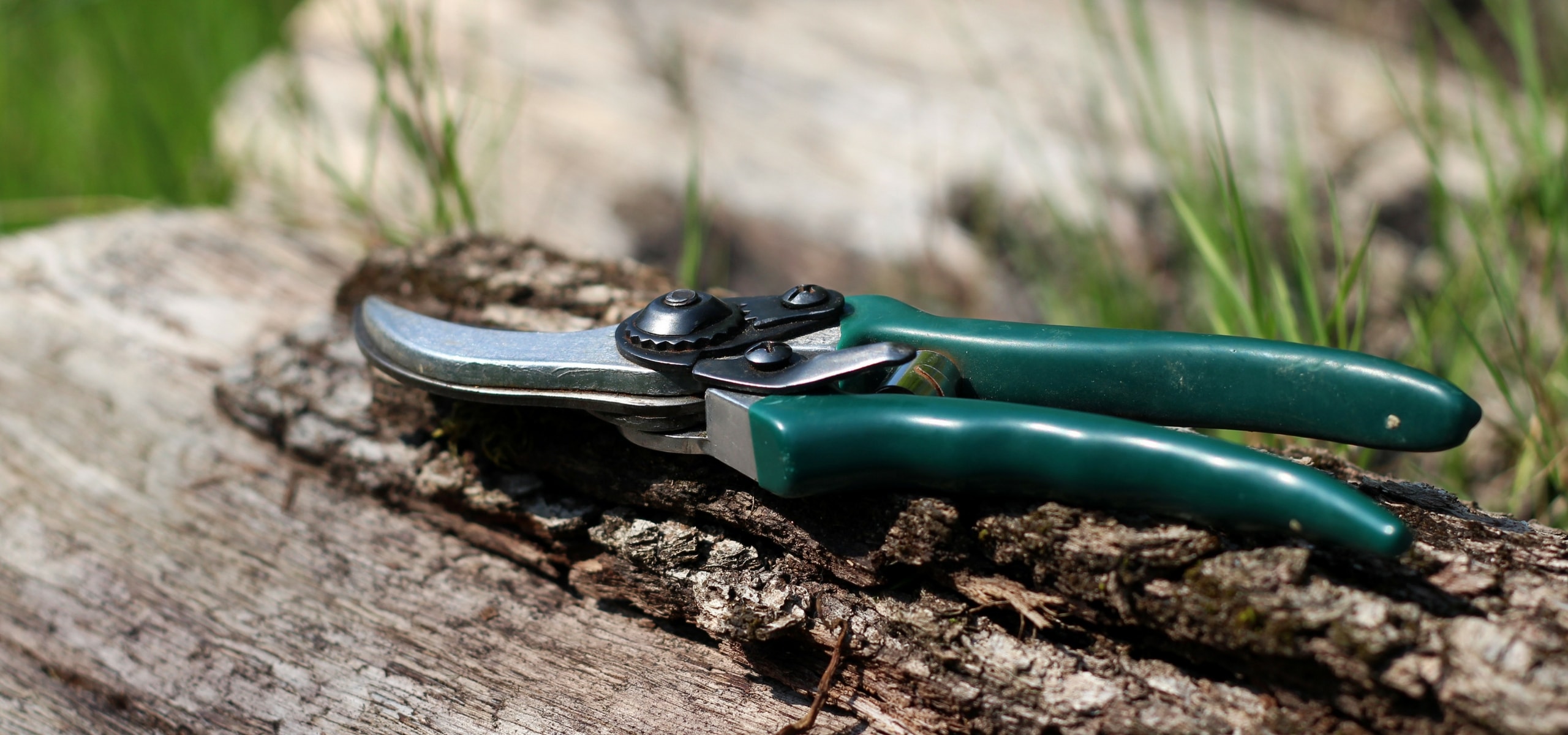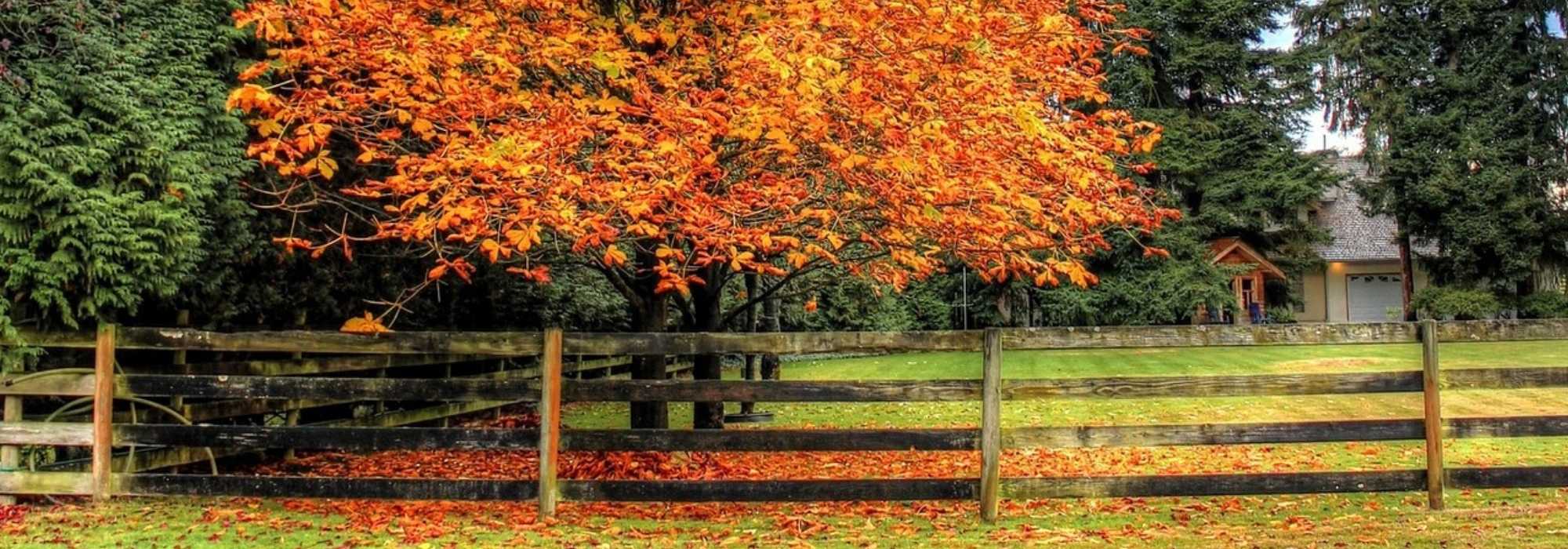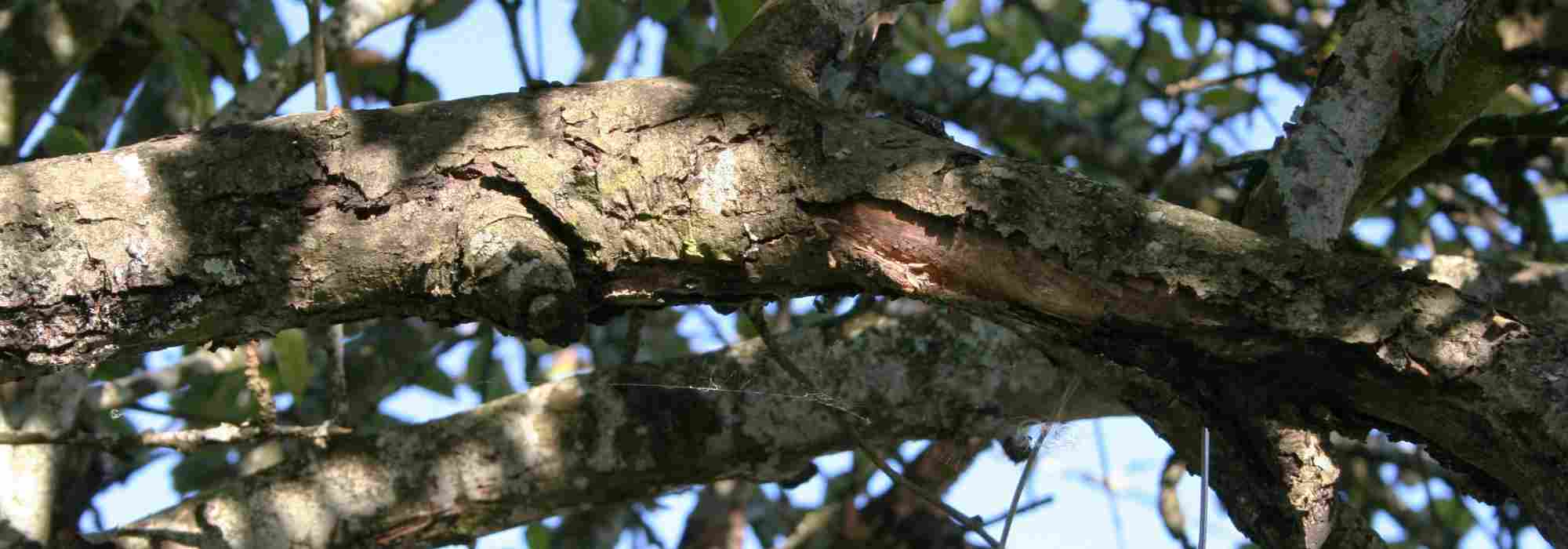

Tilia cordata seeds - Small-leaved lime


Tilia cordata seeds - Small-leaved lime
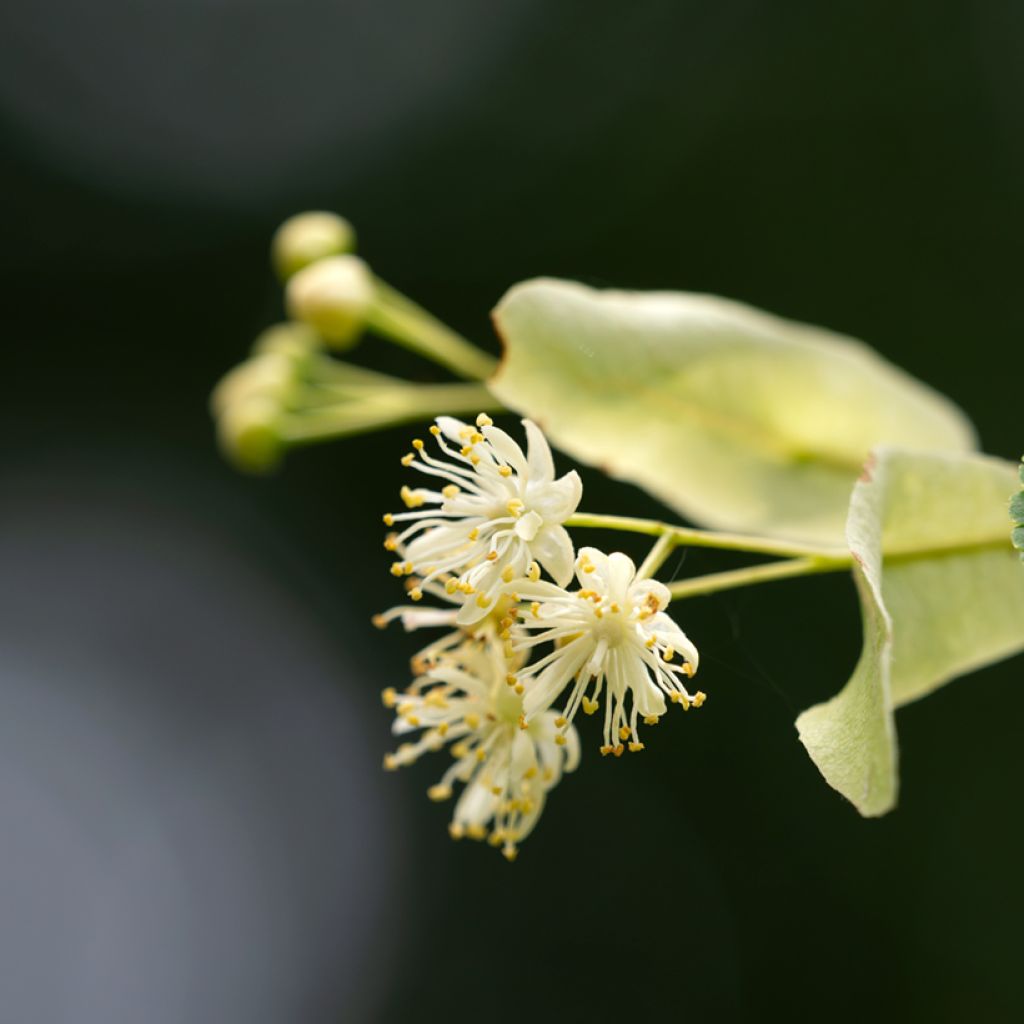

Tilia cordata seeds - Small-leaved lime
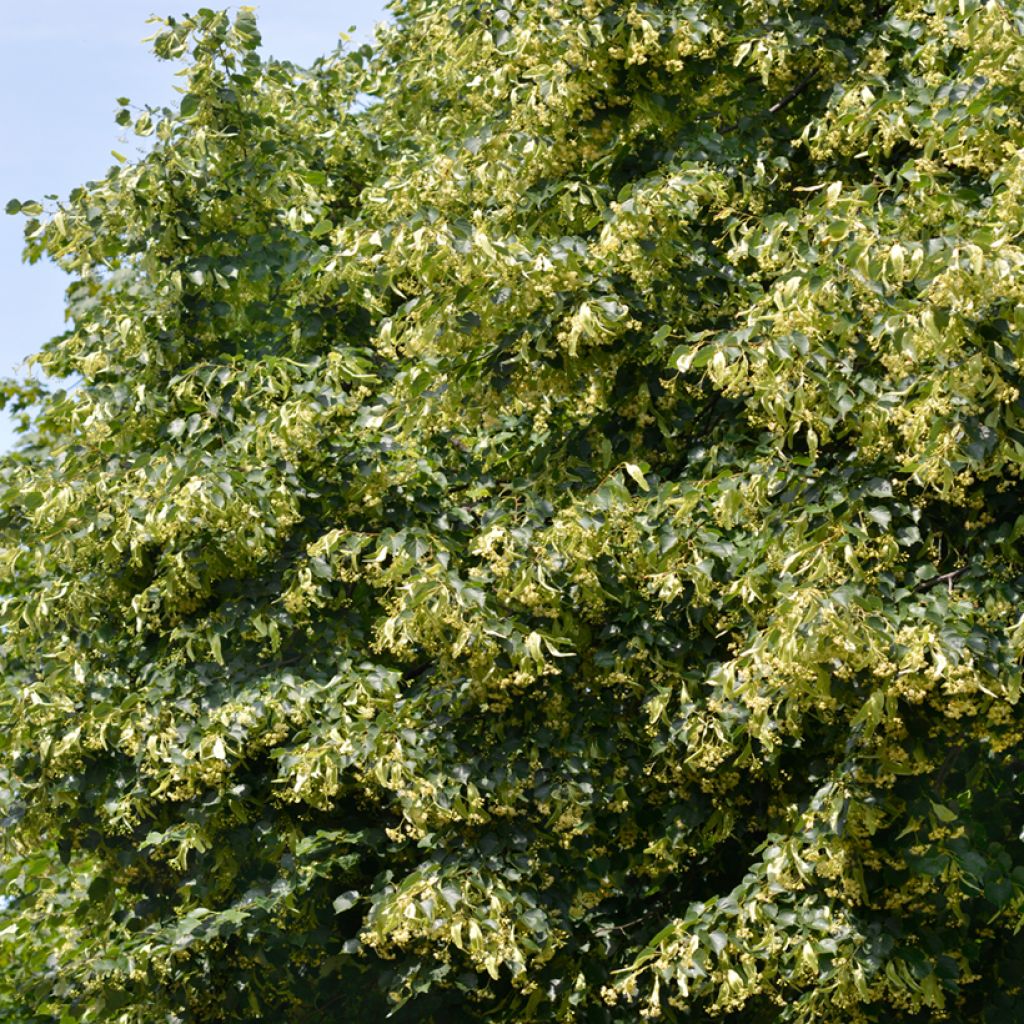

Tilia cordata seeds - Small-leaved lime
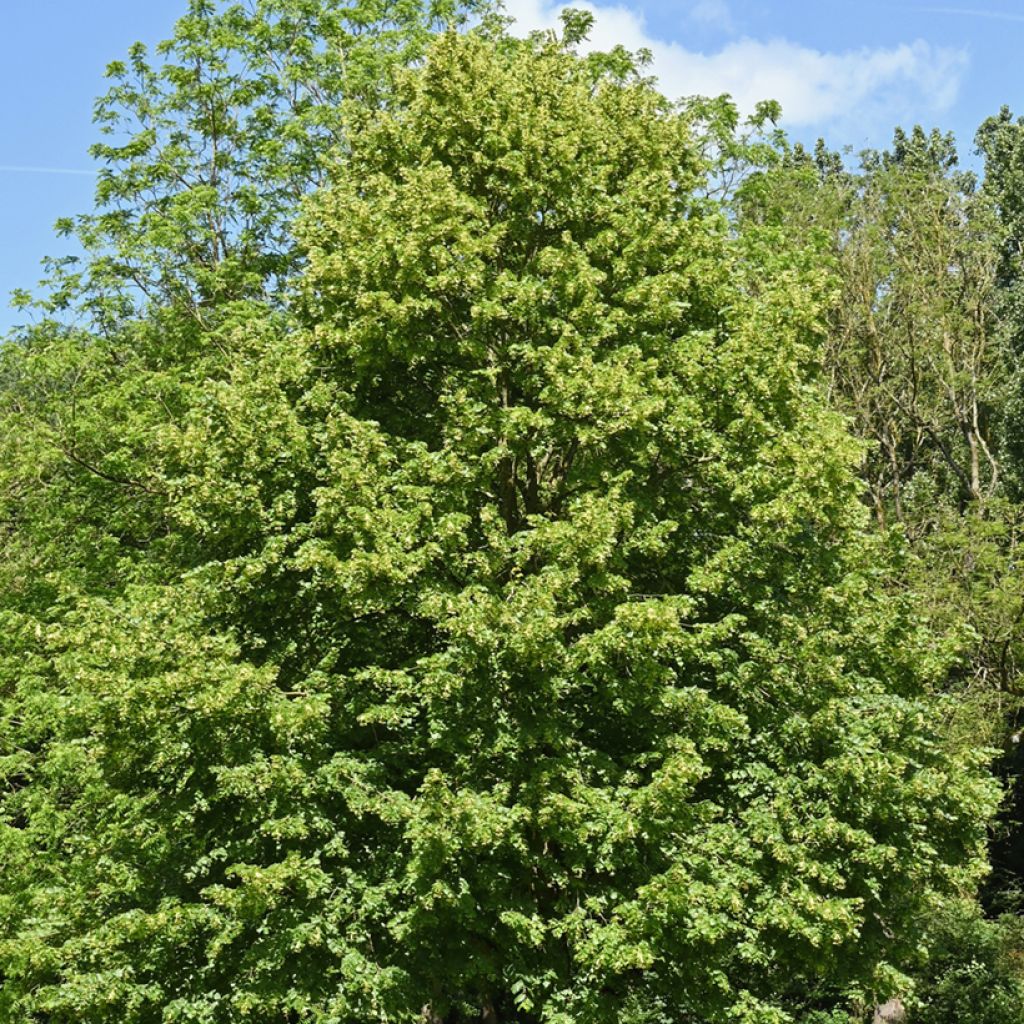

Tilia cordata seeds - Small-leaved lime
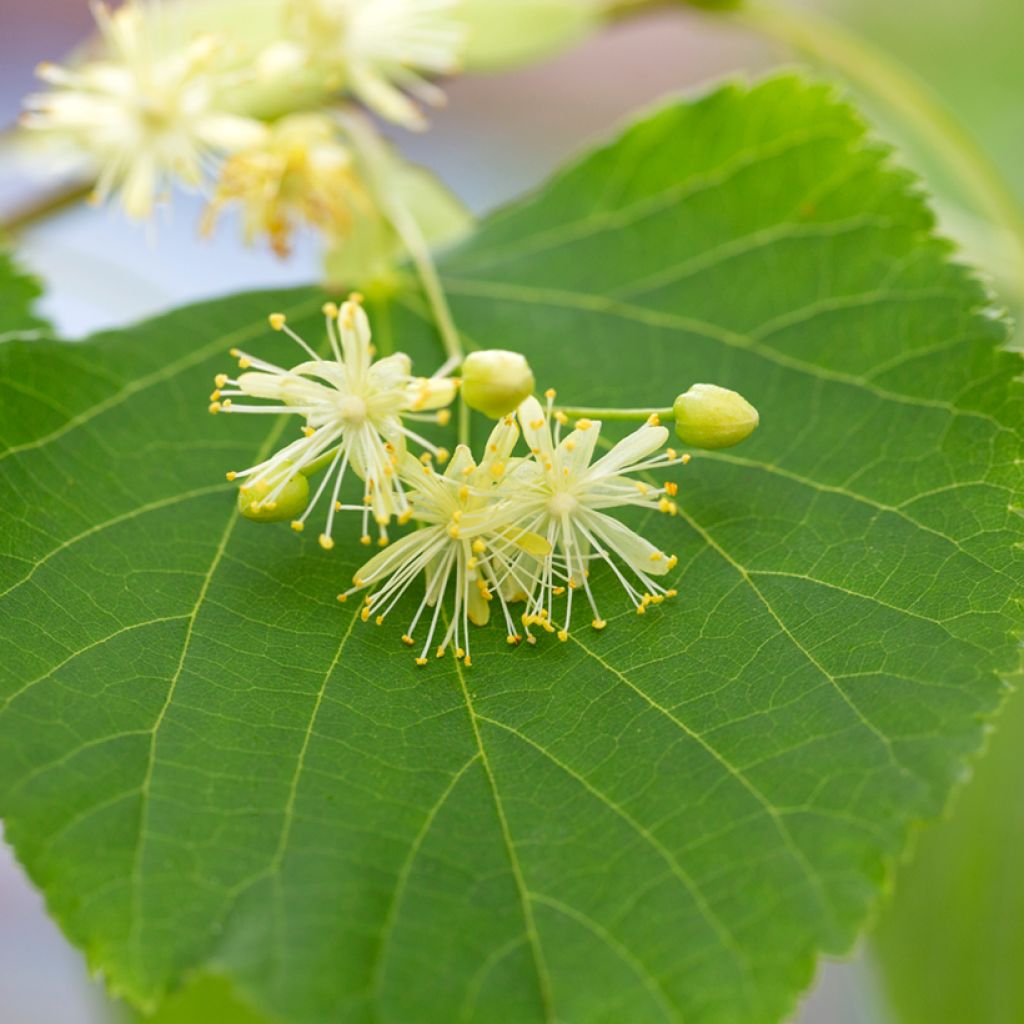

Tilia cordata seeds - Small-leaved lime
Tilia cordata seeds - Small-leaved lime
Tilia cordata
Small-leaved Lime, Littleleaf Linden
Special offer!
Receive a €20 voucher for any order over €90 (excluding delivery costs, credit notes, and plastic-free options)!
1- Add your favorite plants to your cart.
2- Once you have reached €90, confirm your order (you can even choose the delivery date!).
3- As soon as your order is shipped, you will receive an email containing your voucher code, valid for 3 months (90 days).
Your voucher is unique and can only be used once, for any order with a minimum value of €20, excluding delivery costs.
Can be combined with other current offers, non-divisible and non-refundable.
Home or relay delivery (depending on size and destination)
Schedule delivery date,
and select date in basket
This plant carries a 6 months recovery warranty
More information
We guarantee the quality of our plants for a full growing cycle, and will replace at our expense any plant that fails to recover under normal climatic and planting conditions.
Would this plant suit my garden?
Set up your Plantfit profile →
Description
The Small-leaved Lime (Tilia cordata) is a large deciduous tree commonly found in parks and large gardens, both in urban and rural settings. Its foliage turns beautiful golden hues in autumn, but it is best known for its nectar-rich and delightfully fragrant flowering. This hardy and resilient lime tree tolerates pruning and urban pollution well. Given its size, it is often planted as a standalone feature or in rows. Lime tree seeds require a cold period to break their dormancy.
The Small-leaved Lime (Tilia cordata) belongs to the Malvaceae family and grows naturally in Europe. This deciduous-leaved species, adapted to partial shade, can exceed 30 m in height and thrives at altitudes up to 1500 m. It is mainly found in moist, deep, and fertile soils with a pH ranging from acidic to neutral, or even slightly calcareous. In regions with hot, dry summers, it may be susceptible to red spider mite attacks. Aphids, though attracted to its foliage, do not hinder its growth. Its remarkable longevity can reach 500 years. This lime tree has slow growth initially, but gradually accelerates. At maturity, it measures an average of 20 m in height with a spread of 15 m, adopting a broad, rounded silhouette. Its trunk is often short and sturdy with large, arched structural branches, some of which become trailing over time. Its bark, initially smooth and greenish to reddish-brown on young shoots, later develops furrows and turns dark brown with age. Its small rounded leaves measuring 5 to 8 cm feature a glossy green surface and a downy, glaucous-green underside with russet highlights. The foliage turns golden yellow and falls relatively early in the season. The flowering, in June-July, consists of pendulous clusters of yellowish-white flowers with a strong fragrance, loved by bees. These flowers are followed by small, dry, greyish, globose, smooth fruits, each with a wing, called samaras, which aid wind dispersal. The seeds naturally fall to the ground in autumn. Their germination is often limited by a significant physiological dormancy that requires several weeks of cold to break.
The Small-leaved Lime makes a striking addition to any garden, its broad, trailing habit providing light, rustling shade. Its buzzing, bee-filled flowering is a delight in early summer. It looks magnificent near perennial beds of ferns and epimediums, which thrive under its canopy. At the woodland edge, coloured-wood dogwoods and the snowball viburnum Viburnum opulus 'Roseum', with its white flower balls, complement its silhouette without overwhelming it. It also fits well in a wilder landscape, at the edge of a clearing where ornamental grasses, such as miscanthus, capture the golden autumn light, echoing its luminous foliage. Planted in rows, it creates a majestic avenue, offering a soft, shaded perspective that invites leisurely strolls.
Tilia cordata seeds - Small-leaved lime in pictures






Flowering
Foliage
Plant habit
Botanical data
Tilia
cordata
Malvaceae
Small-leaved Lime, Littleleaf Linden
Tilia ulmifolia, Tilia parvifolia
Western Europe
Other Tilia - Linden
View all →Planting and care
Sowing Small-leaved Lime seeds (Tilia cordata) requires preparation.
Begin with stratifying the seeds by placing them in a moist substrate (such as sand or turf) in the refrigerator for approximately 3 to 4 months at a temperature of 2 to 5°C. This cold period simulates the winter conditions needed to break the seed dormancy.
After stratification, sow the seeds on the surface of a light, well-drained substrate without covering them with soil, as they require light to germinate. Maintain an ambient temperature of 18 to 20°C and ensure constant humidity by covering the pots with plastic film or placing them in a propagator, ventilating regularly to prevent mould. Germination may take 3 to 6 weeks.
Once the seedlings have developed a few leaves and reach between 5 and 10 cm in height, carefully transplant them into individual pots, taking care not to damage the roots. When the young plants reach about 15 to 20 cm and the risk of frost has passed, transplant them outdoors in spring, choosing a sunny or partially shaded location with rich, moist, and well-drained soil.
The Small-leaved Lime thrives in rich, moist soils that are neither too chalky nor too compact. It should be planted in a sunny or partially shaded position. Although it tolerates pruning, this is not obligatory except to remove dead or diseased branches.
Sowing period
Intended location
Planting & care advice
This item has not been reviewed yet - be the first to leave a review about it.
Haven't found what you were looking for?
Hardiness is the lowest winter temperature a plant can endure without suffering serious damage or even dying. However, hardiness is affected by location (a sheltered area, such as a patio), protection (winter cover) and soil type (hardiness is improved by well-drained soil).

Photo Sharing Terms & Conditions
In order to encourage gardeners to interact and share their experiences, Promesse de fleurs offers various media enabling content to be uploaded onto its Site - in particular via the ‘Photo sharing’ module.
The User agrees to refrain from:
- Posting any content that is illegal, prejudicial, insulting, racist, inciteful to hatred, revisionist, contrary to public decency, that infringes on privacy or on the privacy rights of third parties, in particular the publicity rights of persons and goods, intellectual property rights, or the right to privacy.
- Submitting content on behalf of a third party;
- Impersonate the identity of a third party and/or publish any personal information about a third party;
In general, the User undertakes to refrain from any unethical behaviour.
All Content (in particular text, comments, files, images, photos, videos, creative works, etc.), which may be subject to property or intellectual property rights, image or other private rights, shall remain the property of the User, subject to the limited rights granted by the terms of the licence granted by Promesse de fleurs as stated below. Users are at liberty to publish or not to publish such Content on the Site, notably via the ‘Photo Sharing’ facility, and accept that this Content shall be made public and freely accessible, notably on the Internet.
Users further acknowledge, undertake to have ,and guarantee that they hold all necessary rights and permissions to publish such material on the Site, in particular with regard to the legislation in force pertaining to any privacy, property, intellectual property, image, or contractual rights, or rights of any other nature. By publishing such Content on the Site, Users acknowledge accepting full liability as publishers of the Content within the meaning of the law, and grant Promesse de fleurs, free of charge, an inclusive, worldwide licence for the said Content for the entire duration of its publication, including all reproduction, representation, up/downloading, displaying, performing, transmission, and storage rights.
Users also grant permission for their name to be linked to the Content and accept that this link may not always be made available.
By engaging in posting material, Users consent to their Content becoming automatically accessible on the Internet, in particular on other sites and/or blogs and/or web pages of the Promesse de fleurs site, including in particular social pages and the Promesse de fleurs catalogue.
Users may secure the removal of entrusted content free of charge by issuing a simple request via our contact form.
The flowering period indicated on our website applies to countries and regions located in USDA zone 8 (France, the United Kingdom, Ireland, the Netherlands, etc.)
It will vary according to where you live:
- In zones 9 to 10 (Italy, Spain, Greece, etc.), flowering will occur about 2 to 4 weeks earlier.
- In zones 6 to 7 (Germany, Poland, Slovenia, and lower mountainous regions), flowering will be delayed by 2 to 3 weeks.
- In zone 5 (Central Europe, Scandinavia), blooming will be delayed by 3 to 5 weeks.
In temperate climates, pruning of spring-flowering shrubs (forsythia, spireas, etc.) should be done just after flowering.
Pruning of summer-flowering shrubs (Indian Lilac, Perovskia, etc.) can be done in winter or spring.
In cold regions as well as with frost-sensitive plants, avoid pruning too early when severe frosts may still occur.
The planting period indicated on our website applies to countries and regions located in USDA zone 8 (France, United Kingdom, Ireland, Netherlands).
It will vary according to where you live:
- In Mediterranean zones (Marseille, Madrid, Milan, etc.), autumn and winter are the best planting periods.
- In continental zones (Strasbourg, Munich, Vienna, etc.), delay planting by 2 to 3 weeks in spring and bring it forward by 2 to 4 weeks in autumn.
- In mountainous regions (the Alps, Pyrenees, Carpathians, etc.), it is best to plant in late spring (May-June) or late summer (August-September).
The harvesting period indicated on our website applies to countries and regions in USDA zone 8 (France, England, Ireland, the Netherlands).
In colder areas (Scandinavia, Poland, Austria...) fruit and vegetable harvests are likely to be delayed by 3-4 weeks.
In warmer areas (Italy, Spain, Greece, etc.), harvesting will probably take place earlier, depending on weather conditions.
The sowing periods indicated on our website apply to countries and regions within USDA Zone 8 (France, UK, Ireland, Netherlands).
In colder areas (Scandinavia, Poland, Austria...), delay any outdoor sowing by 3-4 weeks, or sow under glass.
In warmer climes (Italy, Spain, Greece, etc.), bring outdoor sowing forward by a few weeks.






























